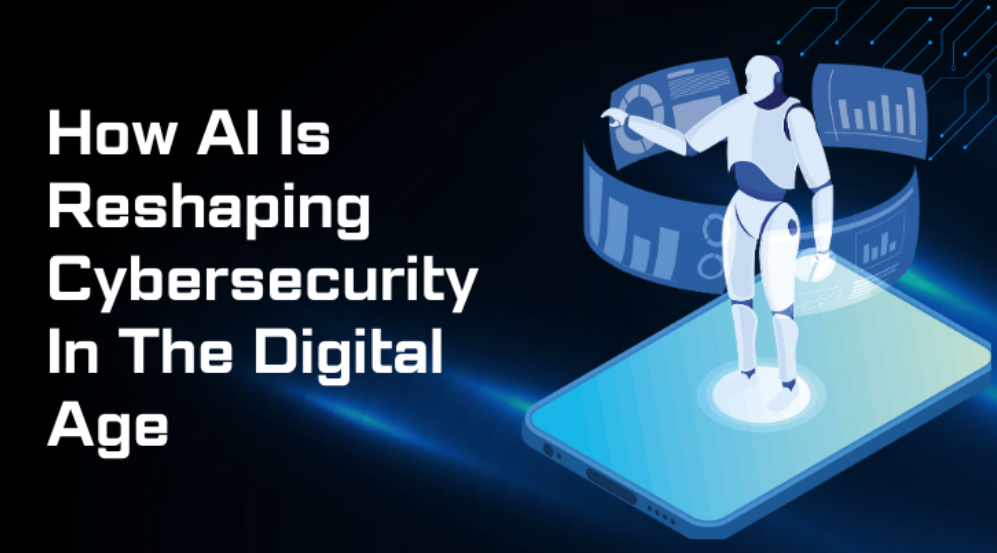In today’s digital world, computers have become indispensable tools in nearly every aspect of life. From personal use to powering complex scientific research, computers enable us to process information, communicate, and innovate. To fully appreciate how these machines work, it’s essential to understand their primary components and how they interact. This blog explores the key components of a computer system, their functions, and their roles in shaping the technological landscape.
1. The Fundamental Concept of a Computer System
At its core, a computer system consists of two main elements: hardware and software.
☑ Hardware: The tangible, physical components of a computer system.
☑ Software: The intangible instructions and data that the hardware executes.
Together, hardware and software form a cohesive system capable of performing a wide range of tasks, from simple arithmetic to advanced machine learning algorithms.
2. Core Components of a Computer
A computer system is comprised of several interdependent components, each serving a specific function. These can be broadly categorized into input, processing, storage, output, and communication components.
2.1 Input Devices
Input devices allow users to provide data and instructions to the computer.
☑ Keyboard: One of the most common input devices, used for text input.
☑ Mouse: Enables point-and-click interaction with graphical user interfaces.
☑ Scanner: Converts physical documents into digital format.
☑ Microphone: Captures audio input for processing.
☑ Touchscreen: Combines input and display functionality for intuitive interaction.
☑ Specialized Input Devices: Include joysticks, graphic tablets, and biometric readers.
2.2 Central Processing Unit (CPU)
Often referred to as the “brain” of the computer, the CPU performs calculations and processes data. It consists of the following sub-components:
☑ Control Unit (CU): Directs the flow of data and instructions within the system.
☑ Arithmetic Logic Unit (ALU): Executes arithmetic and logical operations.
☑ Registers: Temporarily store data and instructions during processing.
☑ Cache: A small, high-speed memory that stores frequently accessed data to improve performance.
Modern CPUs may also include multiple cores, enabling them to perform parallel processing and enhance computational efficiency.
2.3 Memory and Storage
Memory and storage are essential for holding data and instructions, both temporarily and permanently.
✅ Primary Memory (RAM):
☑ Volatile memory used for temporary data storage during operation.
☑ Ensures quick access to data for running applications and processes.
✅ Secondary Storage:
☑ Non-volatile storage for long-term data retention.
☑ Includes hard drives (HDDs), solid-state drives (SSDs), and optical drives (CD/DVD).
✅ Cache Memory:
☑ A high-speed memory located within or close to the CPU for frequently accessed data.
✅ Read-Only Memory (ROM):
☑ Non-volatile memory containing essential instructions for booting the computer.
✅ Cloud Storage:
☑ Internet-based storage services that offer scalable and remote data access.
2.4 Motherboard
The motherboard is the central circuit board connecting all components of the computer. It houses:
☑ CPU Socket: Slot for installing the CPU.
☑ Memory Slots: Hold RAM modules.
☑ Expansion Slots: For additional components like graphic cards and sound cards.
☑ Chipsets: Manage communication between the CPU, memory, and peripherals.
2.5 Output Devices
Output devices display or produce results from the computer’s processing.
☑ Monitor: Displays visual output using technologies like LCD, LED, or OLED.
☑ Printer: Produces physical copies of digital documents.
☑ Speakers: Output audio signals.
☑ Projectors: Display large-scale visual content for presentations.
☑ Headphones: Provide personal audio output.
2.6 Storage Devices
Storage devices are crucial for saving and retrieving data.
☑ Hard Disk Drives (HDDs): Traditional storage devices using spinning magnetic disks.
☑ Solid-State Drives (SSDs): Faster, more durable storage using flash memory.
☑ USB Drives: Portable storage devices for data transfer.
☑ Memory Cards: Compact storage for devices like cameras and smartphones.
2.7 Power Supply Unit (PSU)
The PSU converts electrical power from an outlet into usable energy for the computer. It ensures stable and regulated power to components like the CPU, GPU, and motherboard.
3. Advanced Components in Modern Computers
3.1 Graphics Processing Unit (GPU)
Originally designed for rendering images and video, GPUs now play a significant role in fields like gaming, artificial intelligence, and scientific simulations.
☑ Dedicated GPUs: Separate components optimized for graphics-intensive tasks.
☑ Integrated GPUs: Embedded within the CPU for basic graphical functions.
3.2 Network Interface Card (NIC)
NICs enable computers to connect to networks, including the internet. They may be wired (Ethernet) or wireless (Wi-Fi).
3.3 Cooling Systems
To prevent overheating, computers are equipped with cooling solutions like:
☑ Fans: Circulate air to dissipate heat.
☑ Heat Sinks: Absorb and disperse heat from the CPU or GPU.
☑ Liquid Cooling: Advanced cooling for high-performance systems.
4. The Role of Software in Computer Systems
While hardware forms the physical foundation, software breathes life into a computer.
4.1 Operating Systems (OS)
The OS manages hardware resources and provides a user interface. Examples include:
☑ Windows
☑ macOS
☑ Linux
☑ Android
☑ iOS
4.2 Application Software
Designed for specific tasks, application software includes:
☑ Productivity tools (e.g., Microsoft Office, Google Workspace)
☑ Media players
☑ Web browsers
☑ Design and editing software
5. Emerging Trends in Computer Components
5.1 Miniaturization
Advancements in technology have led to smaller and more powerful components, enabling compact devices like smartphones and tablets.
5.2 Artificial Intelligence and Machine Learning
Dedicated AI chips and processors are now being integrated into modern computers to support advanced computational tasks.
5.3 Quantum Computing
Quantum processors are being developed to handle complex computations at unprecedented speeds.
5.4 Energy Efficiency
Energy-efficient components are becoming a priority to reduce the environmental impact of computing.
6. Choosing the Right Components
Building or upgrading a computer requires careful consideration of components based on intended use.
☑ For Gaming: Prioritize a powerful GPU, high-speed RAM, and an efficient cooling system.
☑ For Productivity: Opt for a fast CPU, sufficient RAM, and ample storage.
☑ For Content Creation: Invest in high-performance GPUs and CPUs, along with color-accurate monitors.
Conclusion
Computers are intricate systems made up of various components working in harmony to deliver seamless performance. From input devices to the motherboard, each part plays a vital role in the system’s overall functionality.
As technology advances, so do the capabilities and efficiency of computer components, paving the way for smarter, faster, and more versatile machines. Whether you're a tech enthusiast or a casual user, understanding these components helps you make informed decisions when using or purchasing computers.

















Post Comments